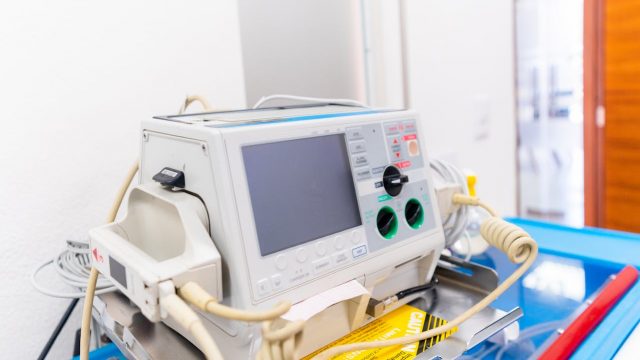By Sustainable Futures Trainings
When it comes to medical device compliance, many organizations focus on internal processes while overlooking the critical role of supplier audits. Yet, supplier-related issues account for a significant percentage of regulatory warnings, recalls, and product failures. In an industry where patient safety and regulatory adherence are paramount, supplier audits should not be an afterthought.
A well-structured supplier audit program helps identify risks, ensure high-quality raw materials, and maintain compliance with international standards such as ISO 13485, FDA 21 CFR Part 820, and EU MDR. Ignoring supplier audits can lead to product failures, loss of market approval, and significant financial losses due to recalls and legal penalties.
Why are supplier audits often overlooked?
Many medical device companies prioritize product design, manufacturing, and post-market surveillance but underestimate the importance of evaluating their suppliers. This oversight can be due to:
- A false sense of security in supplier reliability. Companies often assume that suppliers with good track records will continue to maintain quality standards.
- Lack of resources or expertise in conducting supplier audits. Small and mid-sized companies may not have dedicated supplier quality teams.
- Reliance on third-party certifications without independent verification. Certificates from external auditors do not always guarantee ongoing compliance.
- The complexity of managing a global supply chain. Different regulatory requirements across regions make supplier oversight more challenging.
 Best practices for effective supplier audits
Best practices for effective supplier audits
To mitigate risks, companies should integrate robust supplier audits into their quality management system (QMS). Following are five best practices.
1. Risk-based supplier audits
Not all suppliers pose the same level of risk. Companies should classify suppliers based on their impact on product quality and patient safety. High-risk suppliers (e.g., those providing critical components) should be audited more frequently than low-risk suppliers.
2. Comprehensive audit checklists
A well-defined audit checklist ensures that no critical area is overlooked. A good supplier audit should cover:
- Compliance with ISO 13485, FDA QSR, and EU MDR
- Raw material testing and verification procedures
- Process control measures to ensure consistency
- Data integrity and documentation accuracy
- Supply chain security and traceability
- The effectiveness of corrective and preventive action (CAPA)
3. Regular and unannounced audits
Although scheduled audits are essential, unannounced audits help verify day-to-day compliance rather than just prepared presentations. Conducting unannounced audits ensures that suppliers maintain high standards at all times.
4. CAPA
Audit findings should not just be recorded but acted upon. When nonconformities are identified, the following steps must be taken:
- Implement a CAPA process with clear corrective actions.
- Set realistic deadlines for improvement.
- Follow up with re-audits to confirm corrective actions have been successfully implemented.
5. Supplier training and collaboration
Suppliers are partners in your compliance journey. Providing training on regulatory expectations, QMS improvements, and best practices can significantly enhance compliance. Companies should foster strong relationships with suppliers to ensure transparency and long-term quality consistency.
Regulatory expectations and ISO 13485 compliance
ISO 13485:2016 mandates stringent supplier controls, emphasizing:
- Supplier qualification based on risk assessment
- Continuous supplier performance monitoring
- Formal supplier audit programs
- Traceability and documentation compliance
Regulatory bodies like the FDA, EU MDR, and Health Canada require documented supplier evaluation programs as part of routine inspections. Failure to comply can result in warning letters, product recalls, import bans, and legal actions.
References
- ISO 13485:2016 – Medical Devices – Quality Management Systems – Requirements for Regulatory Purposes.
- European Medical Device Regulations (EU MDR) and Supplier Quality Controls.
Disclaimer
This article is for informational purposes only and should not be considered legal or regulatory advice. Readers should consult with regulatory professionals for specific compliance guidance.
This article first appeared on Sustainable Futures Trainings’s website and is published here with permission.

